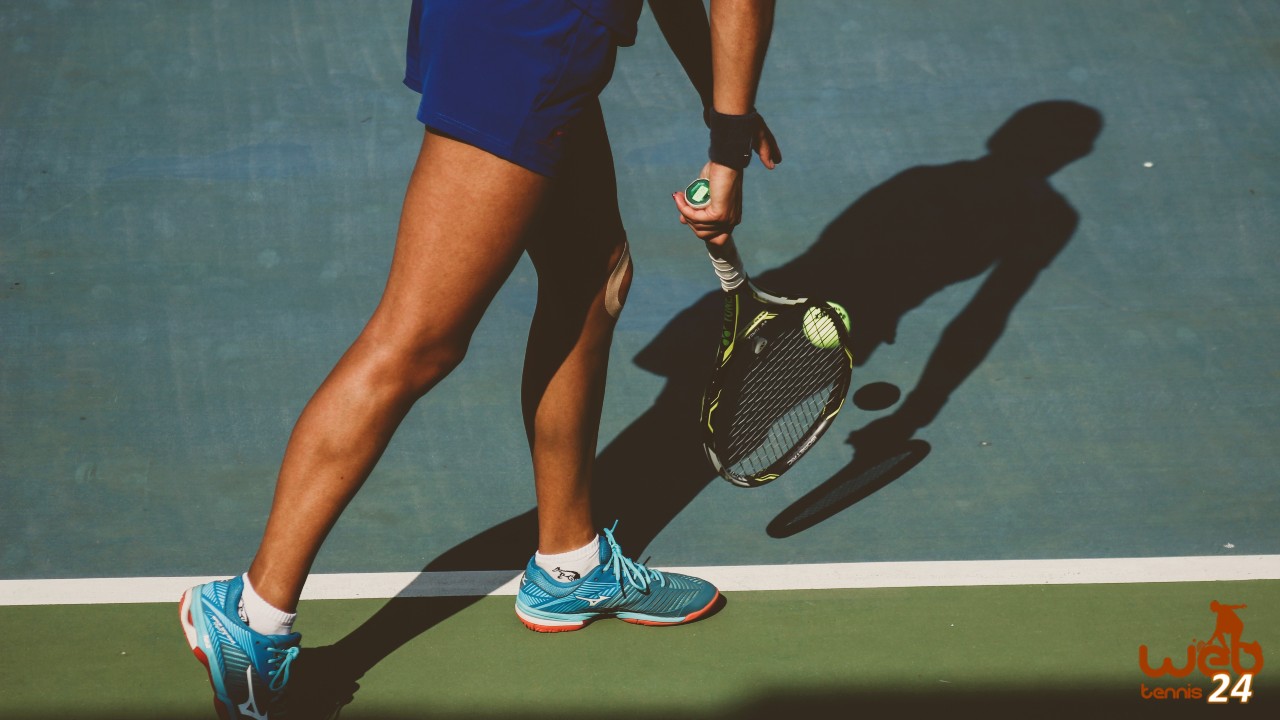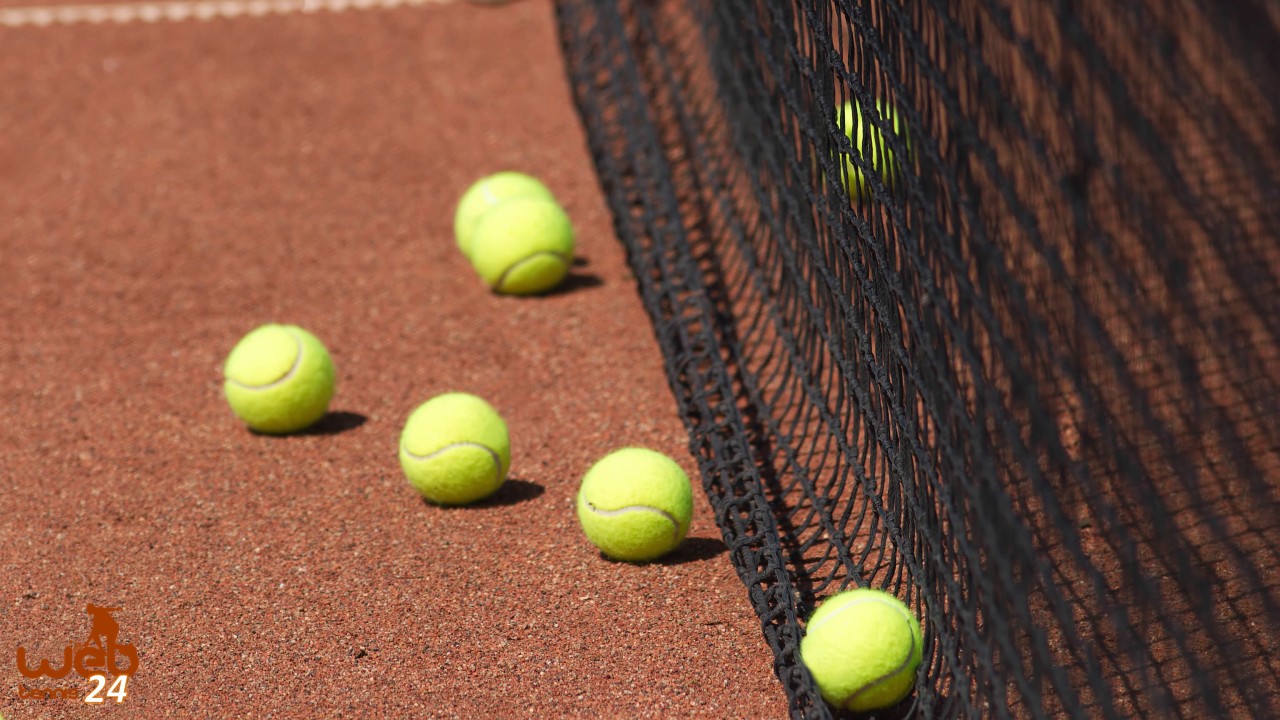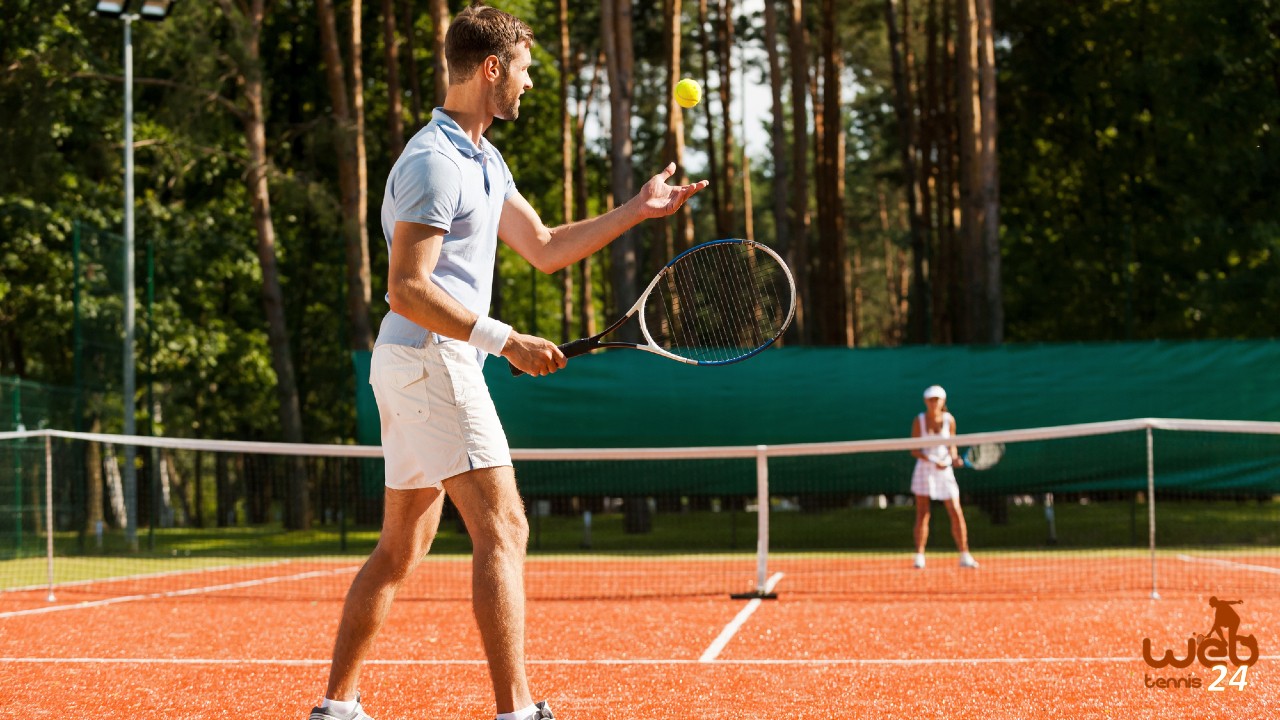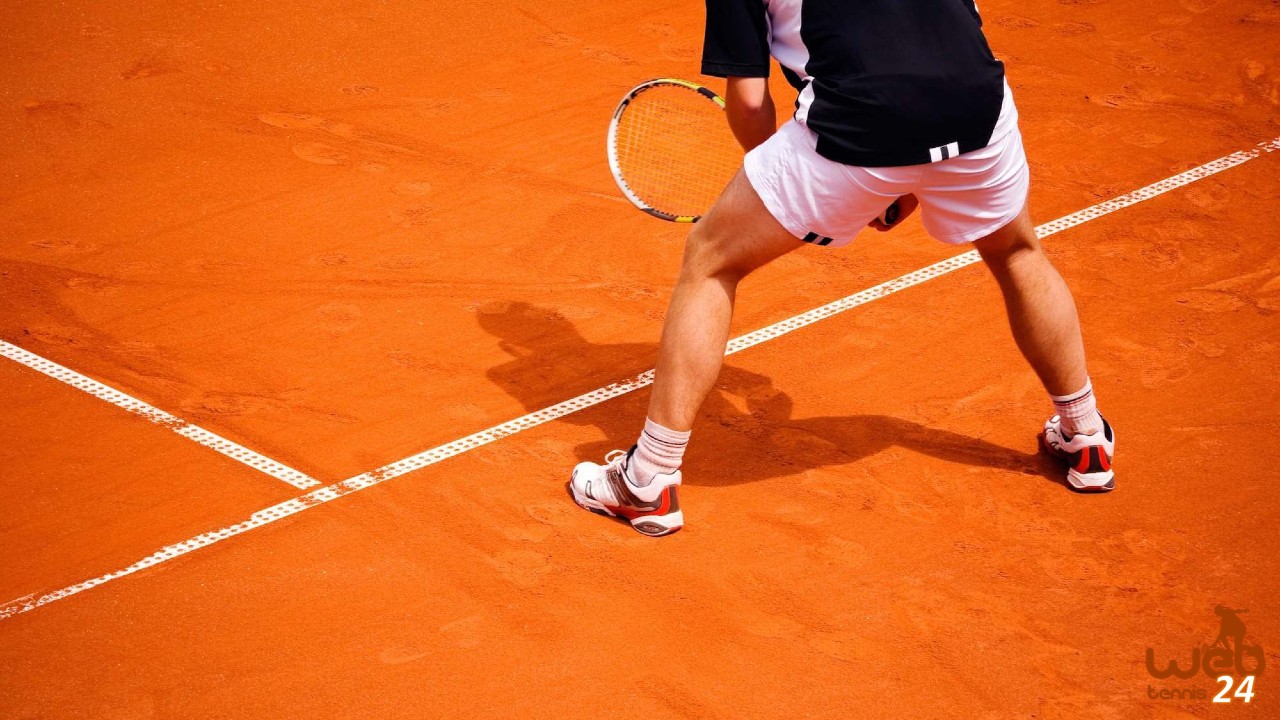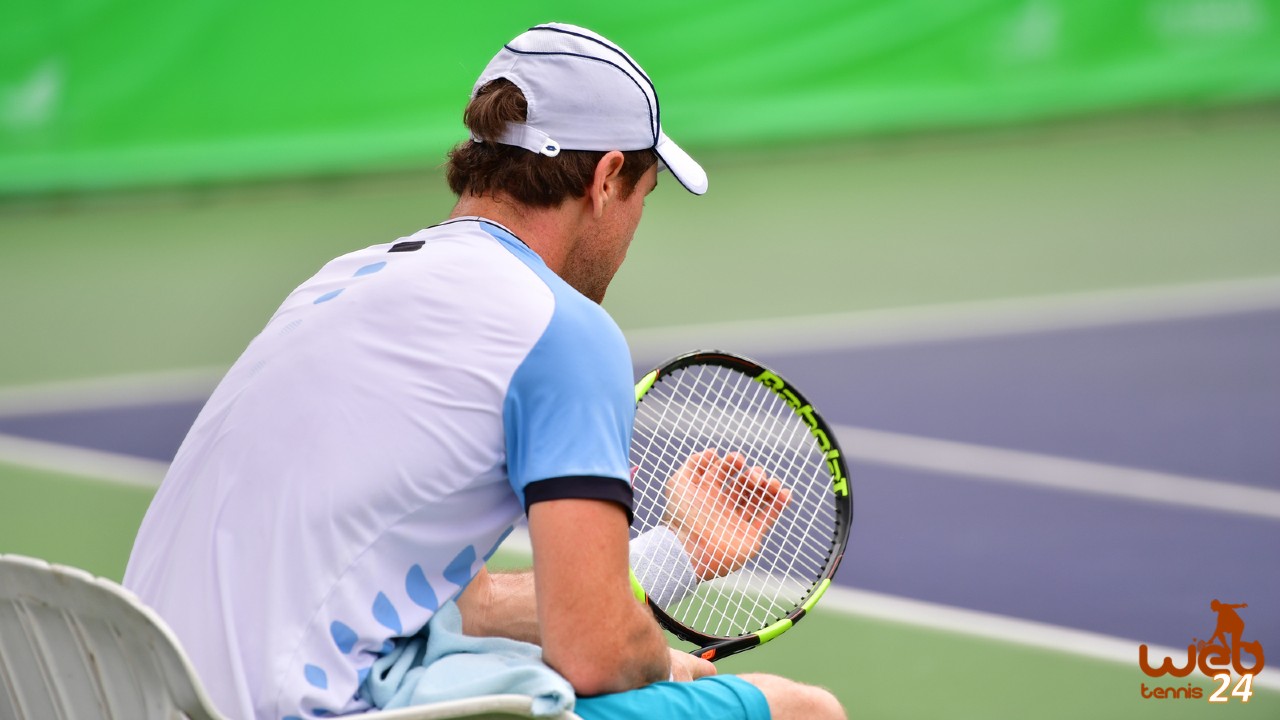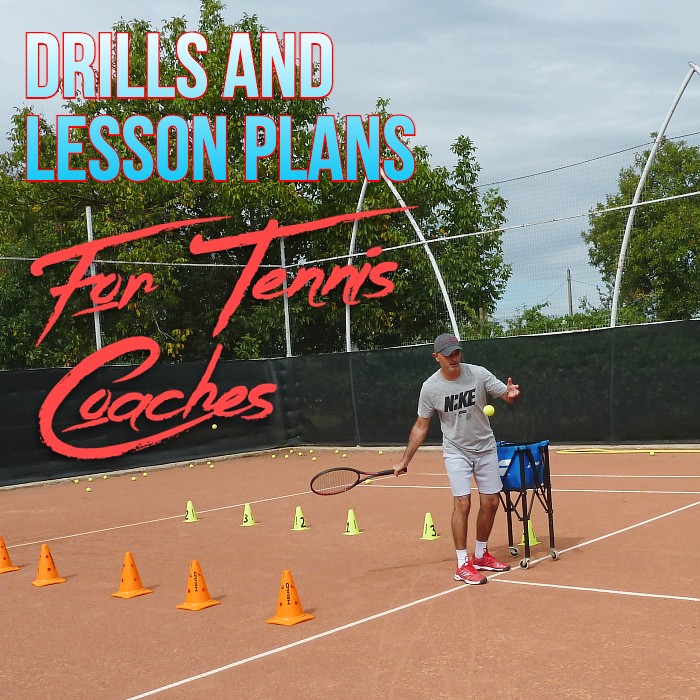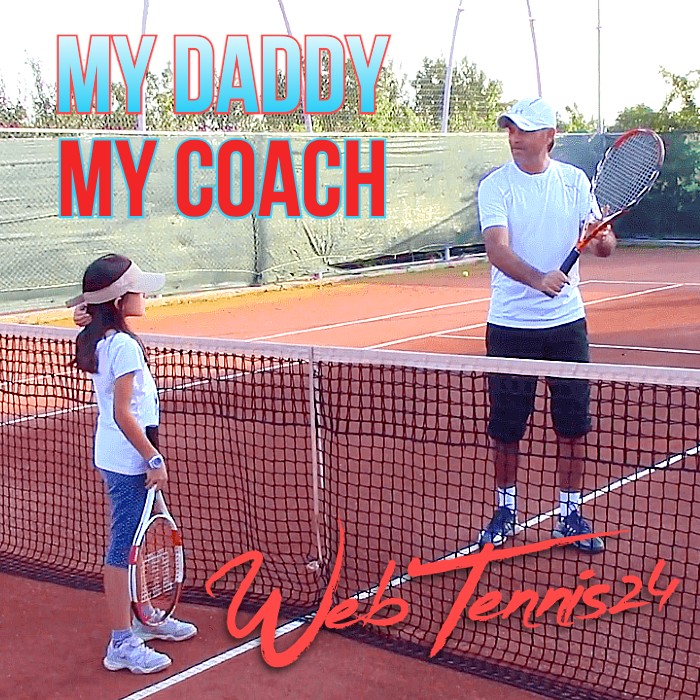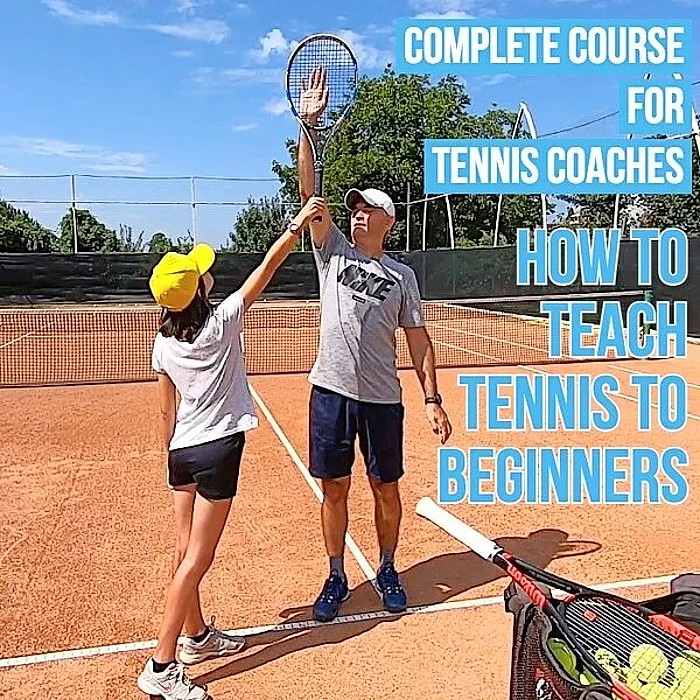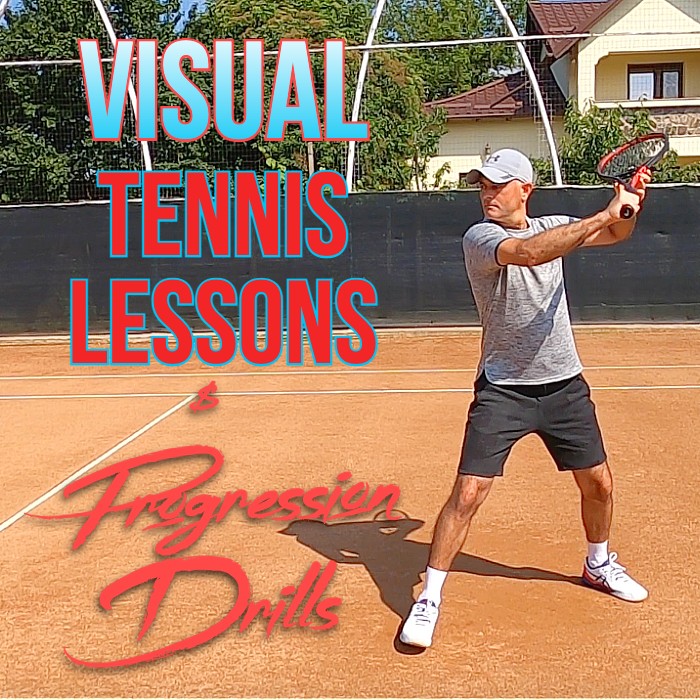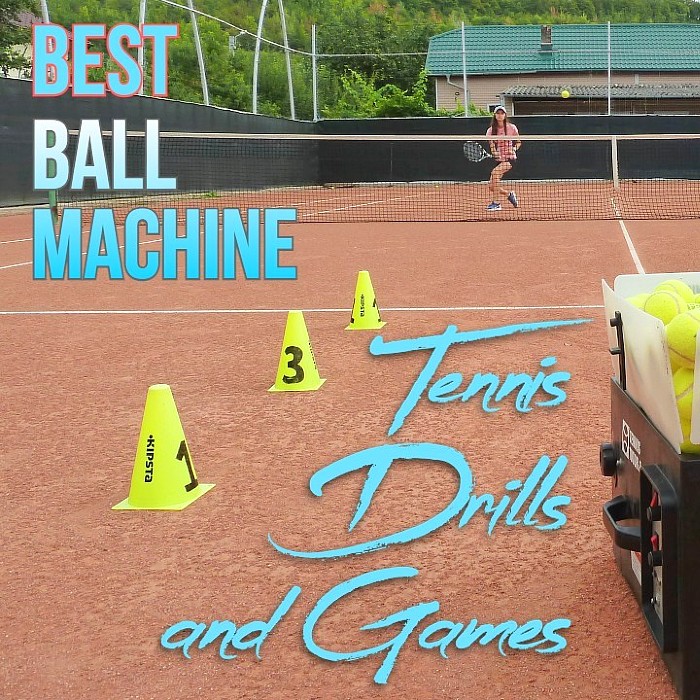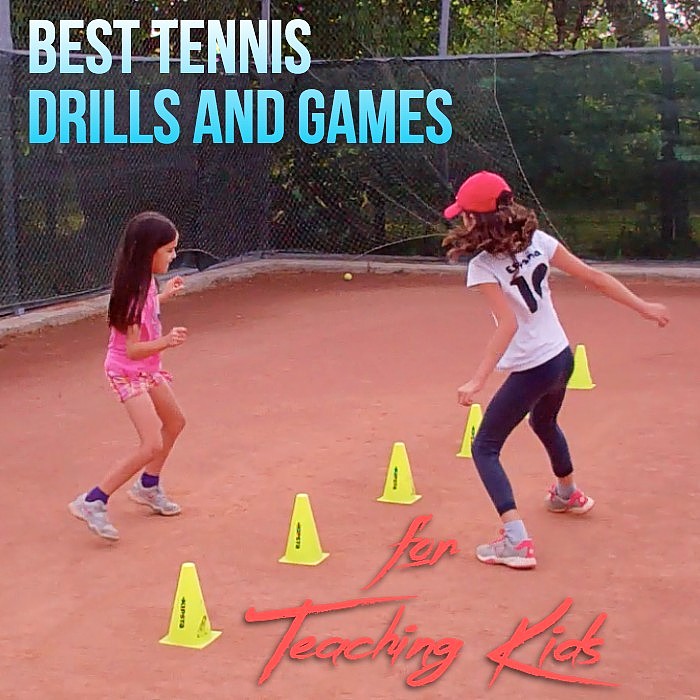Focus On the Finish
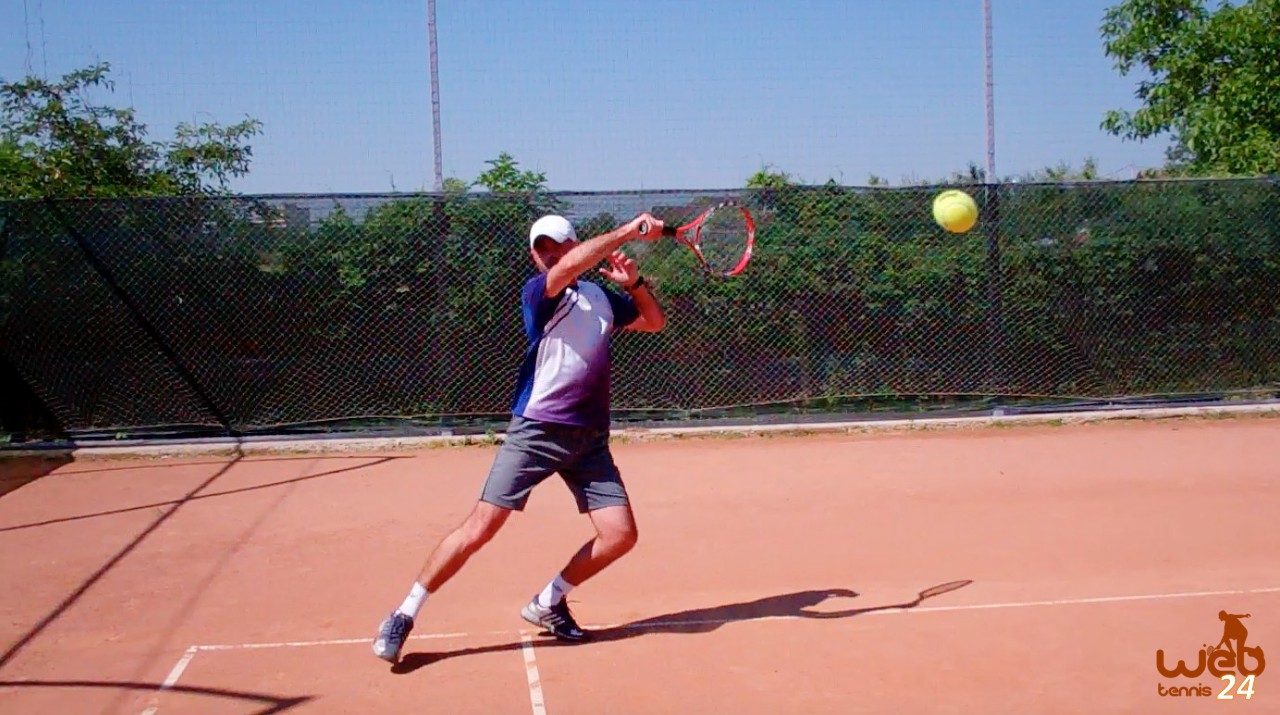
The tennis stroke techniques can be divided into three major elements: preparation, contact with the ball, and finish (follow-through).
The last part (the finish) can give you a lot of clues about somebody’s stroke: the spin imparted on the ball, acceleration (power), the tension in the arm, the direction of the ball, etc.
Coaches tell you to finish in a certain way for deeper ball penetration, cleaner contact, or relaxation of the arm through the stroke. But what is the stroke finish all about?
In my teaching lessons, I have noticed that many consistency-related issues can be solved just by fixing the finish on the stroke.
You see, so often coaches or players look at contact or body movement to solve tennis problems, but according to my observations, tennis can be a lot easier if we fix one very simple area of our strokes: the way we finish.
Here are my arguments for this statement:
1. Since contact with the ball is done in such a short period of time, our mind is not capable of controlling the body and racquet during that time (it is our ingrained muscle memory or subconscious mind that takes over the contact). What we can control is the way we finish the stroke: “holding the finish”.
There is a strong connection between the contact and follow-through – if contact is done right, the proper finish follows or vice versa: if we focus on a long, relaxed follow-through (the part we can control) then we’ll have a clean, smooth contact before it happens.
2. A long follow-through shows a relaxed arm done at contact with the ball. A relaxed arm during the swing translates into power and control of the ball.
We all know that we play our best tennis when we are relaxed.
So focusing on a long follow-through on the strokes will help us loosen up through the stroke.
3. When we play a match and feel tense or have “one of those days” when nothing good comes out of our strokes, there is a very easy fix to those: exhale at contact and finish your strokes.
When we are mentally tense (e.g. fear of losing the match, somebody important to us is watching the match, egos, etc.) our body muscles contract too; that makes our stroke swing shorter which, as a result, slows down the racquet head speed and affects the ball depth.
I have noticed remarkable progress in my students’ strokes only when I adjusted their follow-through:
– a kick serve cannot be done without taking into consideration the racquet path on the same side of the body with the dominant arm after contact, or…
– the slice serve to have the hitting face more or less facing the opposite court after the contact adds to the spin effect even after the impact has been made;
– a forehand ground-stroke finish with the hand knuckles close to the non-dominant side’s ear can make the contact a lot smoother and cleaner when teaching young or beginning players.
Take these tips with you next time you go on the tennis court to practice or use them to relax in a tennis match.

Cosmin Miholca
Certified Tennis Coach
Check out my work at WebTennis24 where I share with you my best video tennis lessons, drills and tips for players, coaches and tennis parents.

